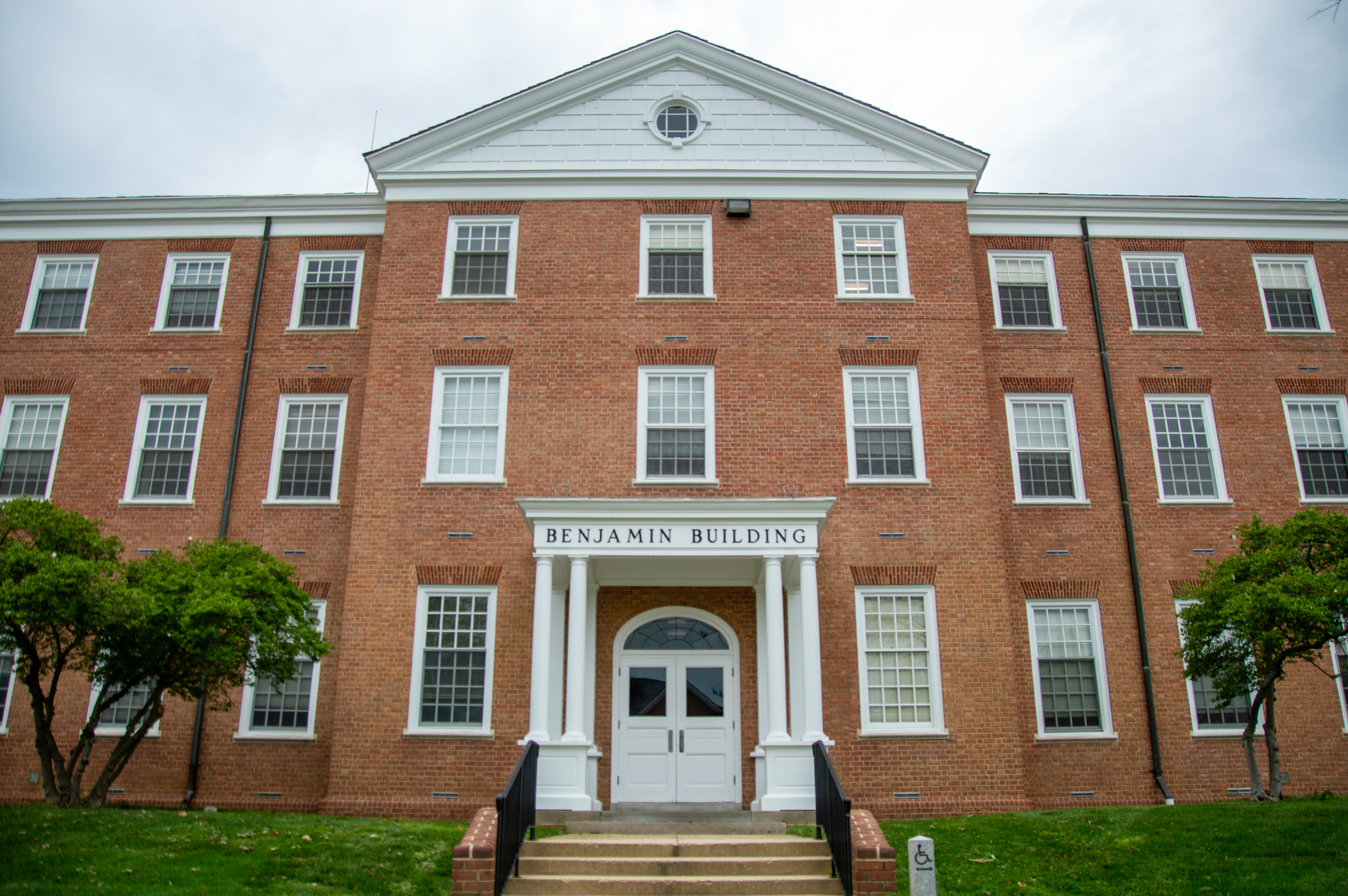By Collin Riviello
For The Diamondback
Throughout the fall semester, the choice between in-person, virtual and hybrid learning amid the coronavirus pandemic has loomed over schools across the country. And now, University of Maryland students completing a student teaching internship are finding themselves trying to learn to be effective educators over Zoom.
Student teachers plan and teach lessons in local Maryland public schools. They attend professional development seminars, grade and plan papers and assignments, attend Individualized Education Program meetings and monitor student performance and behavior on Zoom — all while taking classes at this university.
Rebecca Kaylie, a senior elementary education major, is student teaching at Kensington Parkwood Elementary School in Montgomery County, but she joins her class’s Zoom meetings from her apartment in College Park.
Kaylie student taught last spring as well, and though it’s a tough schedule on top of her course load, she enjoys her time in the classroom.
And although she still gets excited to see her students online, Kaylie said, the experience just isn’t the same.
“In the past, I would go to my placement, and it was so rejuvenating for me,” Kaylie said. “Because that’s when I really got to interact with my kids.”
Just as Kaylie has had to adapt to the new learning style, so have her third graders.
[UMD South Asian dance groups try to keep teams afloat amid pandemic]
“I’ve been super impressed with [the students’] technology skills in particular,” Kaylie said. “One time, I was trying to show them something and [a student] was like ‘Miss Kaylie, split your screen’ and I was like, ‘Yes, duh!’”
But online instruction still comes with its challenges.
Rebecca Wertling, who is also a senior elementary education major student teaching in Montgomery County Public Schools, hops on Zoom from New York to work with students at Olney Elementary School.
Managing behavior over a Zoom call has had a “learning curve,” Wertling said. In a normal classroom, she can see who is actively engaged and participating based on hand-raising and eye contact — things that aren’t as possible over videoconference.
“You only see what’s in that two by three-inch square,” Wertling said. “They’re muted half the time. You don’t know what the volume is in their home. You don’t know what is actually going on behind the scenes.”
When she shares her screen on Zoom, Wertling can only see about four to five students at a time, which makes it difficult to see who is being called on.
There’s also the added pressure of being watched by the students’ parents or caregiver during a lesson.
Maddy Pease, a senior Elementary/Middle Special Education major, is student-teaching with Montgomery County Public School’s Elementary Autism Services program. The program is designed to help accommodate students with moderate to severe autism through the use of secluded classrooms, modified grade level standards and altered Individualized Education Program goals.
[Amid the pandemic’s uncertainty, UMD students are already looking for next year’s housing]
But parent involvement can make it difficult to record accurate student observations, Pease said.
“We don’t really know if their parent is pointing to the screen … so we don’t know if they did it independently or not,” Pease said.
While Kaylie, Wertling and Pease all remain committed to becoming future educators, learning to teach in a virtual environment isn’t always easy.
“I’m not sure if I’ll feel fully prepared to go and lead my own classroom in a sense,” Pease said. “Because I think there are pieces of the classroom you don’t really get from a virtual setting.”
But throughout the course of the school year, she hopes to become more confident as she gains more virtual experience.
And of course, the pandemic threw everyone in the education field for a loop, Wertling said, but in the struggles of online education these students aren’t alone.
“Everyone that’s in a … virtual classroom around the entire country, no one’s experience is the same and everyone’s facing different challenges,” she said.



